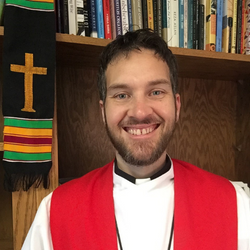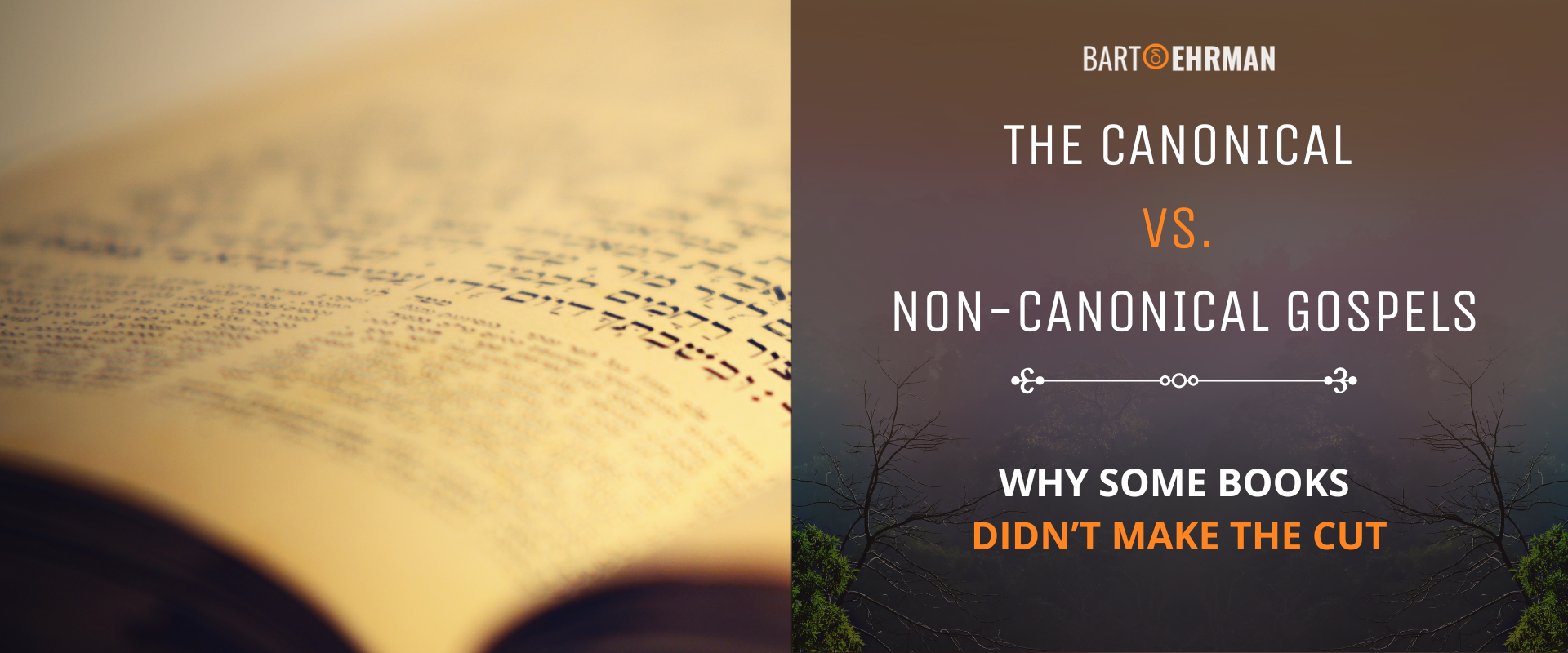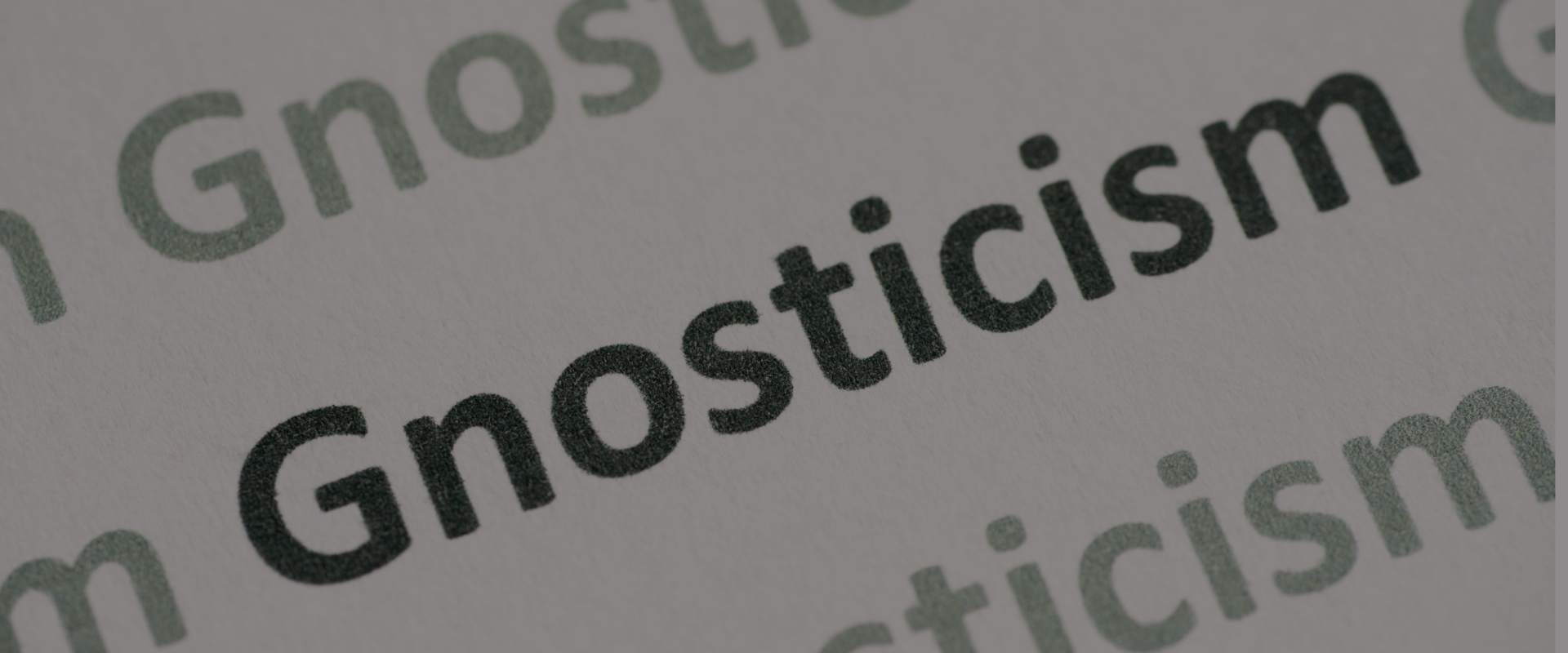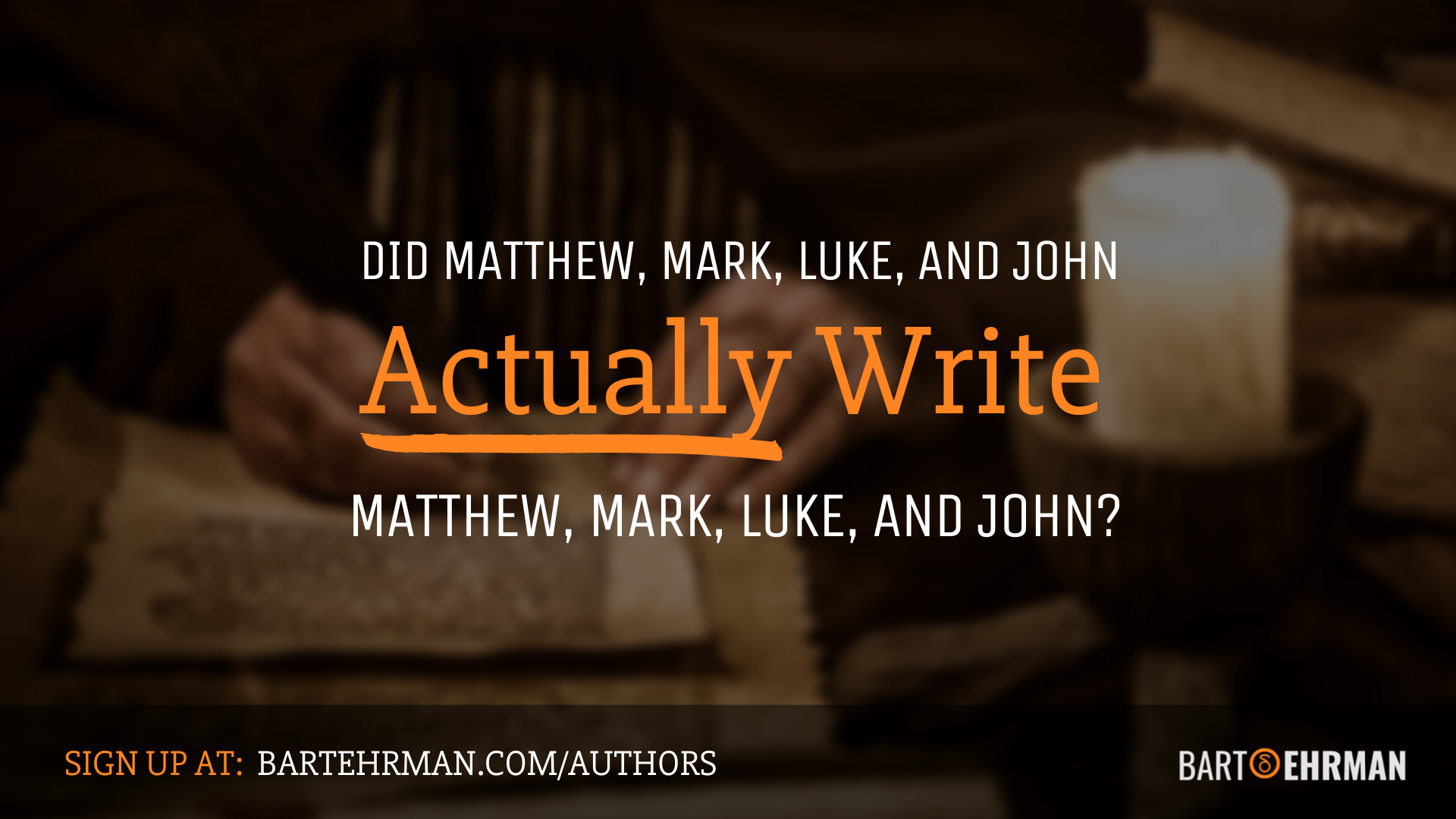The Canonical vs. Non-Canonical Gospels: Why Some Books Didn’t Make the CuT

Written by Keith Long, MDiv
Author | Pastor | BE Contributor
Verified! See our editorial guidelines
Verified! See our guidelines
Date written: December 1st, 2022
Disclaimer: The views and opinions expressed in this article belong to the author and do not necessarily match my own. - Dr. Bart D. Ehrman
The non-canonical gospels are a collection of ancient texts that were not included in the New Testament canon. These writings constitute about a third of the Christian Bible and contain a number of different gospels, or accounts of the life and teachings of Jesus Christ, as well as other writings that provide additional information about the early Christian movement. They have been largely dismissed or are considered heretical to the orthodoxy for various reasons.
Therefore, let the reader beware. An interest in the non-canonical New Testament texts comes at a steep cost for truth-seekers past and present. I am unsure of my long-term employment status at the time of this writing as I am in deep water with my synodical bishop. She isn’t entirely sure what to do with a pastor like me who has such strong feelings about the importance of these non-canonical texts, which was brought to her attention through the focus of my third published book.

The Non-Canonical Gospels Aren't Warmly Embraced Even Now
The non-canonical texts were not accepted as part of the New Testament by the early Christian church, nor (as I am discovering firsthand) are they received warmly by the Christian institution today.
Their exclusion is primarily because the non-canonical gospels contain different information about Jesus and the early Christian movement. As such, they do not have the same level of authority or reverence as the canonical gospels, considered to be the primary sources of information about Jesus and his teachings.
Some of these texts provide more details about Jesus’ life and teachings. While others include entirely different stories and accounts of his ministry. Some of the non-canonical gospels also contain teachings and beliefs that are not found in the canonical gospels and may not be considered in line with mainstream Christian doctrine.
Overall, the non-canonical gospels are a fascinating and valuable source of information about the early Christian movement. But for reasons we will explore in this article, the orthodox Christian Church does not consider them to be on the same level as the canonical gospels in terms of their historical accuracy or theological significance.
The Canon of the New Testament
The English word “canon” derives from the Greek word meaning “rule” or “measuring stick.” Let’s not get too far into the weeds of how the Bible is organized–a process that would likely span a series of posts. Truth-seekers like yourselves need to know that the New Testament was constructed approximately three hundred years after Jesus walked the streets of Jerusalem.
How ancient scholars arrived at the inclusion of the four Gospels of Matthew, Mark, Luke, and John as the only God-inspired words have been a debate that has ceased to abate. Such a topic is complex. In short, their inclusion in the New Testament canon occurred because of the age of the text, the similar content, the perception of Jesus in the texts, and the (alleged) identities of the authors.
Synoptic Gospels - The "Common View" of Jesus
The authors of the Gospels of Matthew, Mark, and Luke, also known as the synoptic gospels (or “common view” of Jesus), are widely believed to have known of one another’s authorship.
Just as you cannot expect a teenager to avoid their classmates’ test answers if left unguarded, progressive Christian scholars from Marcus Borg to orthodox Christian scholars like Dr. Michael Licona tend to find agreement for a first-century-ish dating of the gospels.
However you lean theologically, you don’t have to be a scholar to see that Matthew and Luke had access to Mark as the basis of their gospel accounts. Taken side by side, Matthew reproduces about 90% of what Mark’s Gospel states and Luke reproduces around 50% of Mark’s words.
In segments, Matthew, Mark, and Luke have in common verbal agreement that averages about 50%. An examination of agreements and disagreements like these led scholars to deduce that Mark was written earlier than the other Gospel accounts (approximately thirty years after Jesus died.)
In other words, “Mark is now understood to be the fundamental source for narrative information about Jesus,” according to Robert Funk and Roy Hoover in The Five Gospels: The Search for the Authentic Words of Jesus.
The Gospel of John, on the other hand, was a different animal altogether. John is virtually nothing like the Synoptics in form and function and was likely written much later than the others (around the turn of the first century). It provided a favorable counter-combo that helped establish the Christian religion.
What You May Have Missed at Sunday School: Non Canonical Texts
Despite what you may have learned in Sunday school or confirmation classes, the identities of Matthew, Mark, Luke, and John are far from clear-cut. While it is certainly possible the four were contemporaries of Jesus, it is doubtful that any of them had a personal relationship with him.
Christian legend posits that Matthew’s Gospel was penned by Matthew, the tax collector appointed by Jesus as a disciple. Likewise, they may have told you that the Gospel of Mark was Peter’s companion, Luke was the Apostle Paul’s physician, and John was none other than the fisherman from Zebedee, another of Jesus’ inner circle compadres.
But this is a tradition passed down from the second-century Catholic Church. A practice that even the Catholics themselves now backpedal from asserting. I’ll let Bart debunk this legend in greater detail in one of his many articles, books, or online courses.
For now, it is essential to understand that these four book names are just that–book names. They serve as placeholders, pseudonyms added to the bookbinding for posterity and branding purposes. Those four Gospel writers were household names for centuries and assumed to be the only words about Jesus Christ and his influential ministry and life-changing mission.
How Many Non Canonical Gospels Are there? Enough to Surpass the Old Testament's 39 contributions!
Unbeknownst to far too many Christians, there were many other words written about Jesus following his evocative lifetime.
The New Testament, comprised of twenty-seven total works, could have surpassed the length of the Old Testament’s thirty-nine contributions! As it stands, Matthew, Mark, Luke, and John are the only officially recognized authoritative Gospels in Christianity.
But from John Dominic Crossan (Four Other Gospels) to Elaine Pagels (The Gnostic Gospels) to our very own Bart Ehrman (Lost Christianities), the “rules” of authoritative scripture were meant to be tested and broken.
Nothing made this more possible than what was unearthed almost a century ago…
Gnostic Gospels of Nag Hammadi
In December 1945, an Arab peasant discovered thirteen papyrus codices in upper Egypt. They are known as the Gnostic Gospels of Nag Hammadi (the English transliteration of the town’s name.)
While most people are familiar with the Dead Sea Scrolls, discovered around the same time, this collection portrays Jesus as never documented. Fifty-two texts from the early centuries of the Christian era were unearthed after over one thousand years in hiding!
Can you imagine how scandalous this discovery was to the orthodoxy when it included titles such as the Gospel of Thomas, the Gospel of Mary Magdalene, The Apocalypse of Peter, and the Gospel of Philip?
Gnostic Writings: Non-Canonical Texts & WHY THEY Weren't INCLUDED IN THE CANON
Most of the hidden treasures were unmistakably Christian in terminology and recognizably of Jewish heritage, with one significant difference. These texts taught viewpoints that contrasted with second-century Christians.
Those same Christians appointed themselves the one true catholic or universal church of Jesus Christ and deciders of the New Testament Canon. When you page through these writings, it is easy to understand why they didn’t make the final cut. Their content is the stuff of Dan Brown novels and conspiracy theories:
- The Gospel of Thomas – Proclaims the Kingdom of God is already present for those who understand the secret message of Jesus
- The Gospel of Mary – Lessons from the discipleship of Mary Magdalene, whom Jesus singled out to provide unique teachings
- The Gospel of Truth – Provides mystical teaching about God and the world and stresses the importance of knowledge over ignorance
- The Gospel to the Egyptians – A discussion between Salome and Jesus about topics such as celibacy, death, and sin
- The Gospel of Philip – Emphasizes marriage, a physical relationship between Jesus and Mary Magdalene, and other controversial teachings
I’ve included a couple of others in the chart below:
Name of Gospel | Approx. Year Written | Contents | Reason It was Left Out of the Canon |
|---|---|---|---|
Gospel of Thomas | 100-150 CE | Contains 114 sayings of Jesus, many of which are not found in the canonical gospels | Considered too unorthodox for early Christian leaders |
Gospel of Mary Magdalene | 100-200 CE | Describes the teachings of Mary Magdalene, a close disciple of Jesus | Contradicted traditional views of Jesus' male disciples |
Gospel of Judas | 150-200 CE | Portrays Judas Iscariot as a heroic figure who betrayed Jesus at his request | Considered heretical by early Christian leaders |
Gospel of Peter | 100-150 CE | Describes the birth and childhood of Jesus, as well as the role of Mary in the early Christian movement | Considered too different from the canonical gospels by early Christian leaders |
Gospel of James | 100-150 CE | Describes the birth and childhood of Jesus, as well as the role of Mary in the early Christian movement | Considered too focused on Mary and not enough on Jesus by early Christian leaders |
Why THe Early Christian Church Rejected THe Non-Canonical Texts
It is my opinion that the early Christian Church wanted no part of these texts because they were more focused on understanding Jesus as the developer of their souls rather than the savior of their sins.
From my perspective, the primary difference between the Gospels of Matthew, Mark, Luke, and John and the Gnostic texts comes down to a mystical understanding of Jesus versus a historical one.
The New Testament canon selection committee (aka the orthodox Christian Church) opted to go with a historical understanding of Jesus’ life, a theological understanding of his death, and a physical understanding of his resurrection.
All these interpretations vary from what the Gnostic Christians believe.

Dating of the non-Canonical Texts
Another factor may be the dating of these texts. Most are believed to be from the mid to late second century or later.
The age of these texts all but certifies that none of them could have been written by people from Jesus’ inner circle or his contemporaries, even though that assumption for the existing canon isn’t foolproof.
As for the authorship? No, Thomas, Philip, and Mary Magdalene did not survive two to three centuries after Jesus! But their legacies certainly did for many people in the early Church.
I don’t think excluding the Gnostic apocryphal texts is accidental. Something about those texts was threatening to the powers that be behind the canonization process. If nothing else, literal interpretations of the Gospels were much easier to police “as it legitimized a hierarchy of persons through whose authority all others must approach God,” writes Dr. Elaine Pagels in The Gnostic Gospels.
StuDents Should Study the Non-Canonical Gospels
If any of this smells foul to you as a truth-seeker, trust your senses. That said, there is no denying that what did survive stood the test of time.
The four canonical Gospels of Matthew, Mark, Luke, and John, as well as the epistles of Paul and the other New Testament writers, produced millions of disciples.
No one can take away the story of Jesus as told by the traditional canon, nor should they. But Christianity’s selection committee victory procured by the institutional forefathers’ decision came at a price. A price paid by committed students of ancient scriptures, who are encouraged to familiarize themselves with these fascinating writings.
I suggest delving into the likes of the aforementioned Crossan’s Four Other Gospels, The Gnostic Gospels by Elaine Pagels, Bart Ehrman’s Lost Christianities: The Battles for Scripture and the Faiths We Never Knew as well as digging into the bottomless knowledge contained in Bart’s blog, podcast, and online courses.
FREE COURSE!
WHY I AM NOT A CHRISTIAN
Raw, honest, and enlightening. Bart's story of why he deconverted from the Christian faith.
Over 6,000 enrolled!

